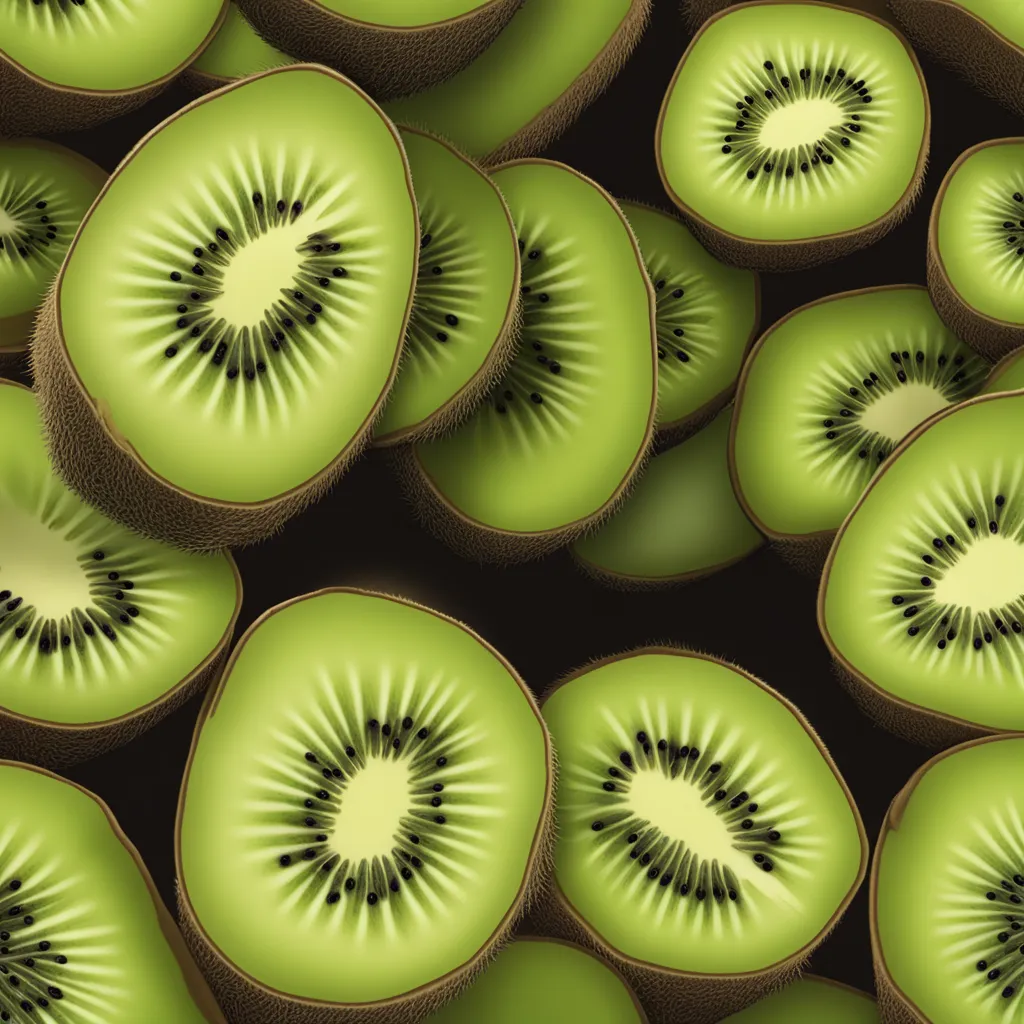What is dwarf kiwi, known in Spain as 'Kivino'?

Unusually, but there is also such - kiwi-dwarf. Its scientific name is Actinidia arguta, but in Spain it is called "kiwino" or kiwi-dwarf.
It is a perennial plant that originates from Japan, Korea, and northern China.
Its fruits are very similar to regular kiwi, which is why in Spain, where it grows, for example in Asturias and Galicia, it is called "kiwino."
These are small kiwis with a thinner and smoother skin that can be eaten, and they have the same shape and color as regular kiwis.
Visually, they are very similar, but what about their nutritional value? It turns out that they contain more antioxidants and nutrients than regular kiwi.
A study conducted by the Complutense University of Madrid (UCM) showed that fruits of this variety have high antioxidant activity compared to traditional kiwi. "Their convenience and ease of consumption make them very appealing to the general population, especially for children and young people, in order to encourage and diversify fruit consumption for better health," noted a researcher from UCM.
Where can I find this variety of dwarf kiwi in Spain?
This variety of kiwi is more resistant to low temperatures than traditional kiwi, and its cultivation has spread to various European regions, including Spain, where it successfully grows in diverse areas such as Galicia, Murcia, and Asturias.
Fruits of this variety can be purchased in supermarkets and fruit shops across the country.
It's no surprise that many recipe blogs and culinary magazines have started creating recipes with this delicious variety of baby kiwi.

Properties of "kivino"
“Kivino” has a kiwi flavor, but it’s a bit softer and sweeter. Additionally, it is tender and juicy.
Due to the lack of a tough skin, it can be eaten in one bite without peeling and without creating waste.
But its main fame lies in its high antioxidant activity, as we mentioned earlier. "Foods rich in antioxidants help maintain oxidative balance, improve certain bodily functions, and their consumption is associated with a reduced risk of developing some chronic diseases," emphasized Maria de Cortes Sanchez Mata, a researcher in the Department of Nutrition and Food Science at the Complutense University of Madrid.
Moreover, it's the perfect choice for children because, since it doesn't need to be peeled, the baby kiwi is easy to eat and can make an ideal breakfast or snack for a little one.
Comment
Popular Posts
Popular Offers

Subscribe to the newsletter from Hatamatata.com!
Subscribe to the newsletter from Hatamatata.com!
I agree to the processing of personal data and confidentiality rules of Hatamatata













